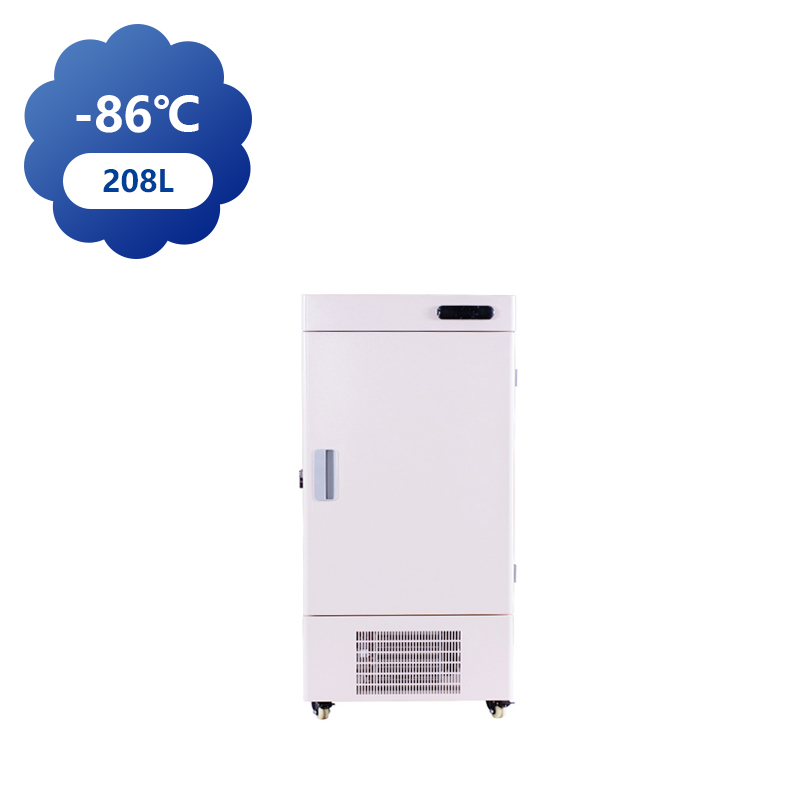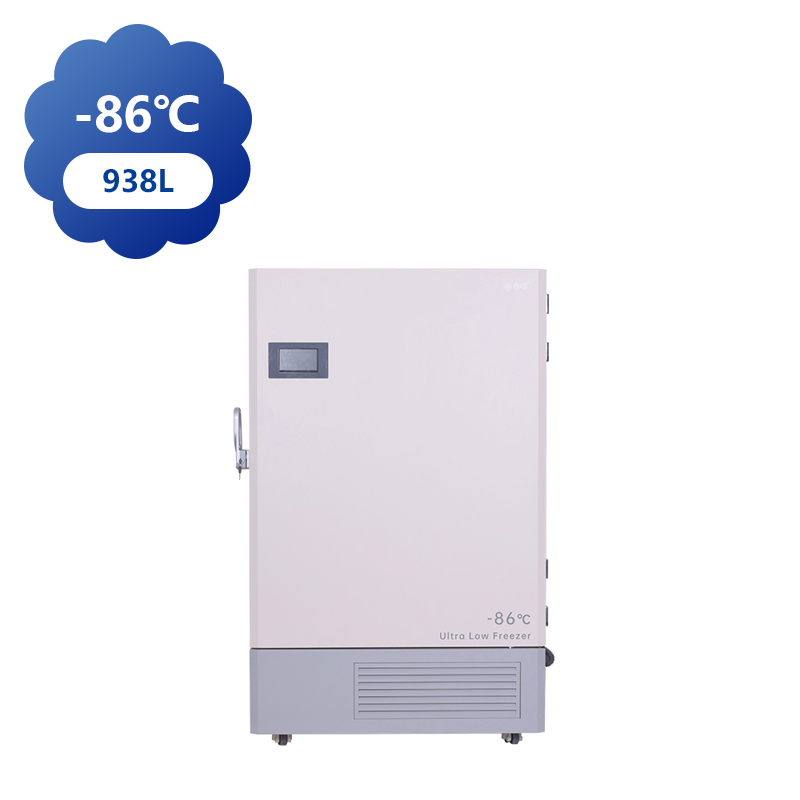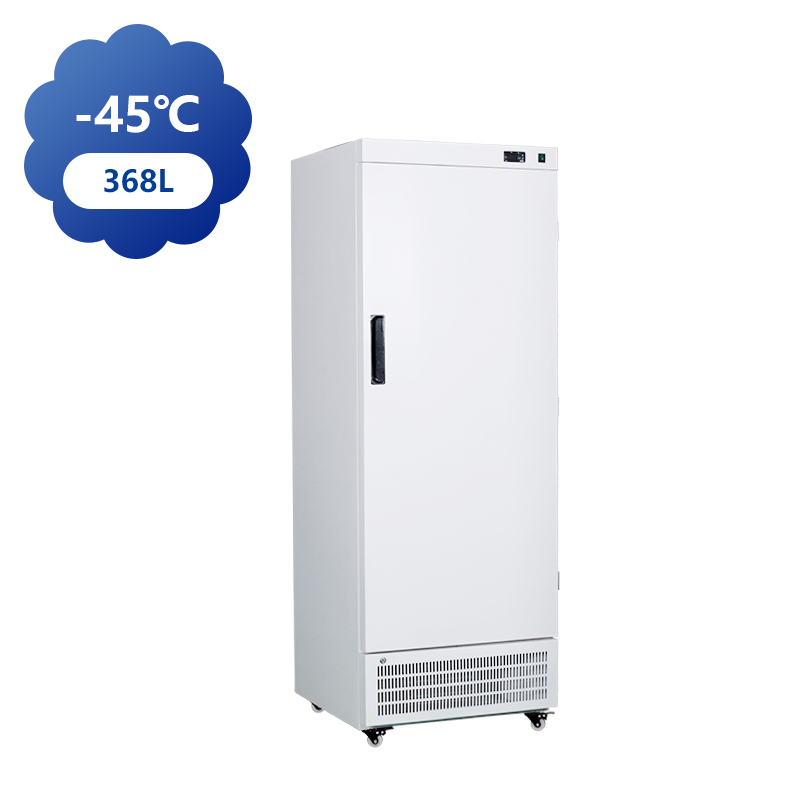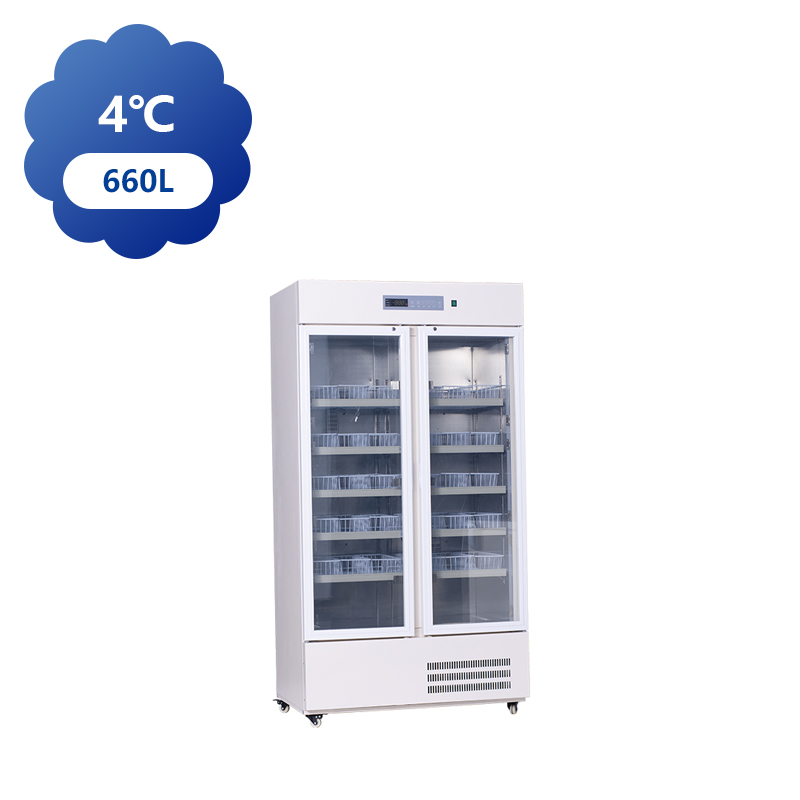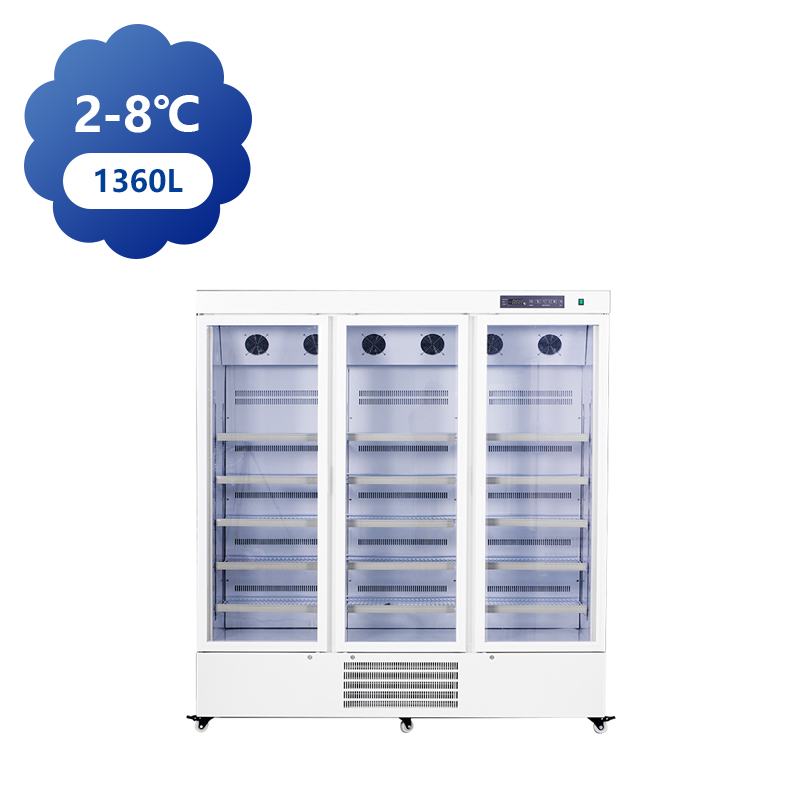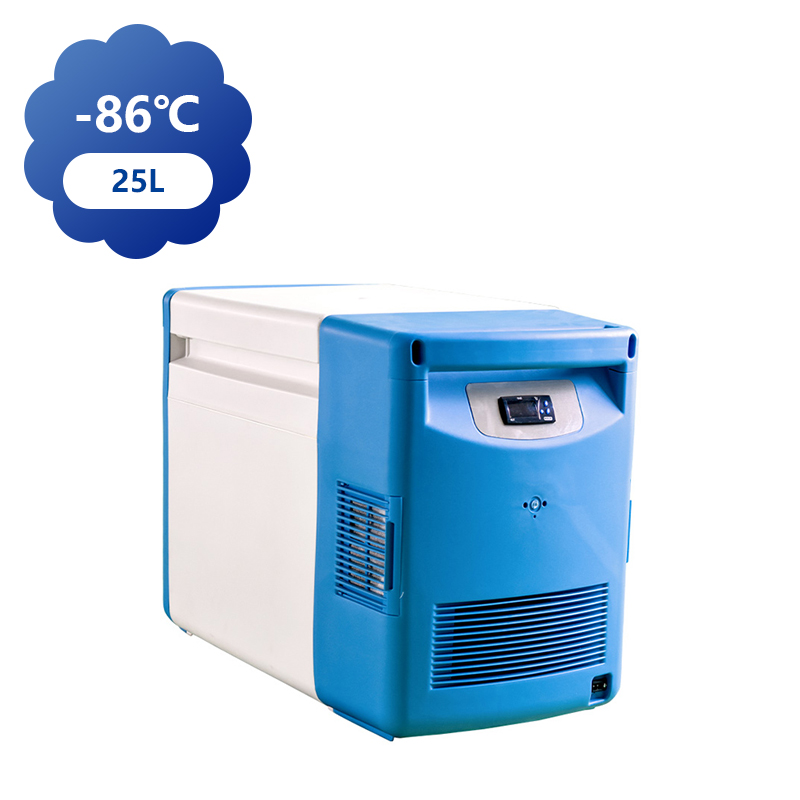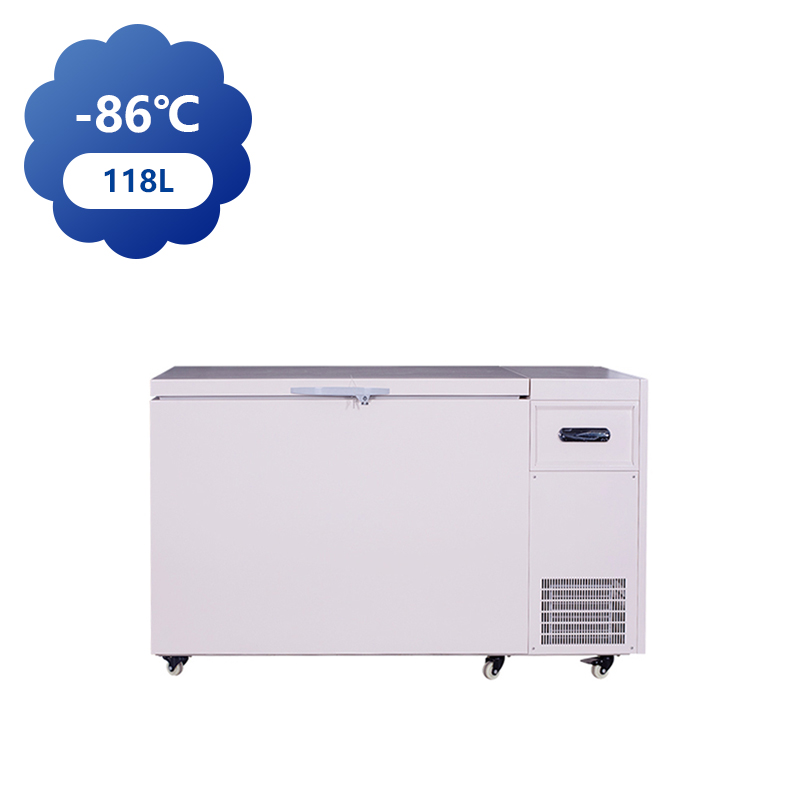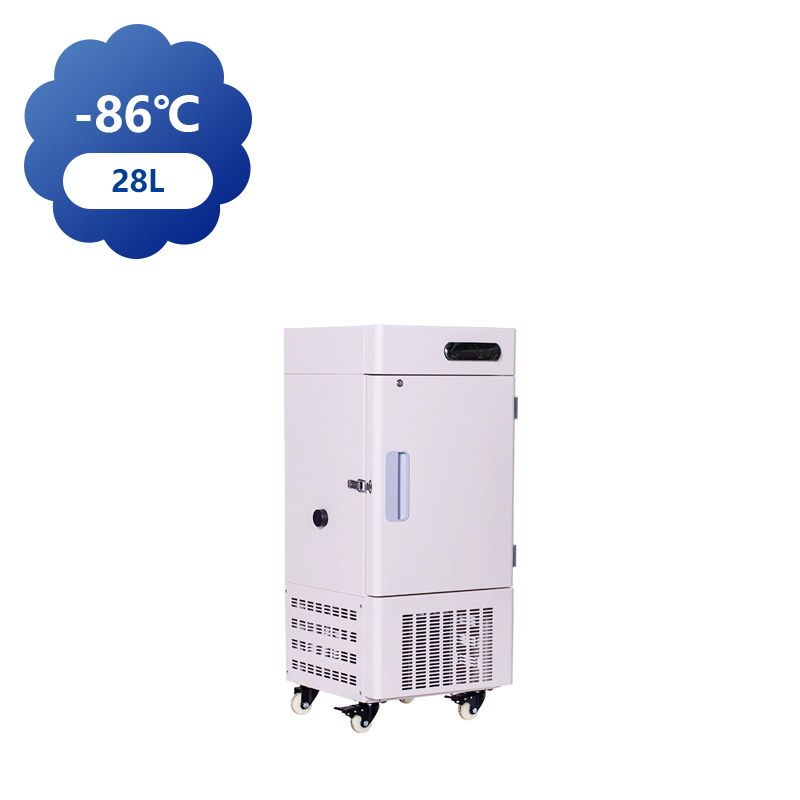You can contact to me using this form.
Ultra-low temperature deep upright freezers are crucial in many sectors such as healthcare, research, and biotechnology, where the storage of temperature-sensitive materials is essential. These freezers are designed to maintain temperatures as low as -80°C, ensuring the preservation of biological samples, pharmaceuticals, vaccines, and other materials that require stable, ultra-cold conditions. The composition of an ultra-low temperature deep upright freezer is a complex combination of advanced materials and technologies that ensure it performs efficiently and reliably in demanding environments.

Key Components of Ultra Low Temperature Deep Upright Freezer
1. Cooling System (Compressor)
The heart of an ultra-low temperature deep upright freezer lies in its cooling system. The compressor is responsible for pumping refrigerant through the system, initiating the cooling process by compressing the refrigerant gas, then circulating it through the evaporator coils to absorb heat from the inside of the freezer. This cycle of cooling is repeated continuously to maintain a stable internal temperature. Compressors used in these freezers are typically high-efficiency models designed to handle the old required for deep-freezing applications.
2. Insulation
High-quality insulation is another key element that ensures the freezer operates efficiently. The insulation material used in ultra-low temperature freezers is typically made of polyurethane foam, which has thermal properties, preventing heat from entering and ensuring that the interior temperature remains constant. Insulation is applied to both the walls and doors, and in some cases, vacuum-insulated panels (VIPs) may be used for added thermal efficiency. The better the insulation, the less energy the freezer consumes to maintain the desired temperature, resulting in lower operational costs.
The refrigeration cycle in an ultra-low temperature chest freezer operates on the same basic principles as refrigeration systems but with enhanced components to achieve much lower temperatures. The cycle involves four main stages: compression, condensation, expansion, and evaporation.
Compression
The refrigerant gas enters the compressor as a low-pressure gas and is compressed, raising its temperature and pressure. In ultra-low temperature chest freezers, the compressors used are specially designed for high efficiency and long-term operation at temperatures. They are typically capable of working at much lower temperatures compared to standard compressors found in regular freezers.
Condensation
The compressed gas moves through the condenser coils, where it releases the heat it absorbed from the interior of the freezer. As the gas cools down, it condenses into a high-pressure liquid. This process is essential because the refrigerant must lose heat before it can begin the expansion process, which further cools it.
Expansion
The high-pressure liquid refrigerant then passes through an expansion valve, which reduces its pressure. This causes the refrigerant to expand and cool rapidly, lowering its temperature significantly. As the refrigerant cools, it is now in a low-pressure liquid state, ready to enter the evaporator coil for the next stage.
Evaporation
In the evaporator coils, the low-pressure liquid refrigerant evaporates as it absorbs heat from the inside of the freezer. The absorption of heat from the interior allows the freezer to cool down and maintain its low temperature. The refrigerant gas then returns to the compressor to begin the cycle again, repeating the process continuously to maintain the ultra-low temperatures needed for storing temperature-sensitive materials.



 中文简体
中文简体 English
English Français
Français عربى
عربى +86-15988502726(wechat)
+86-15988502726(wechat)